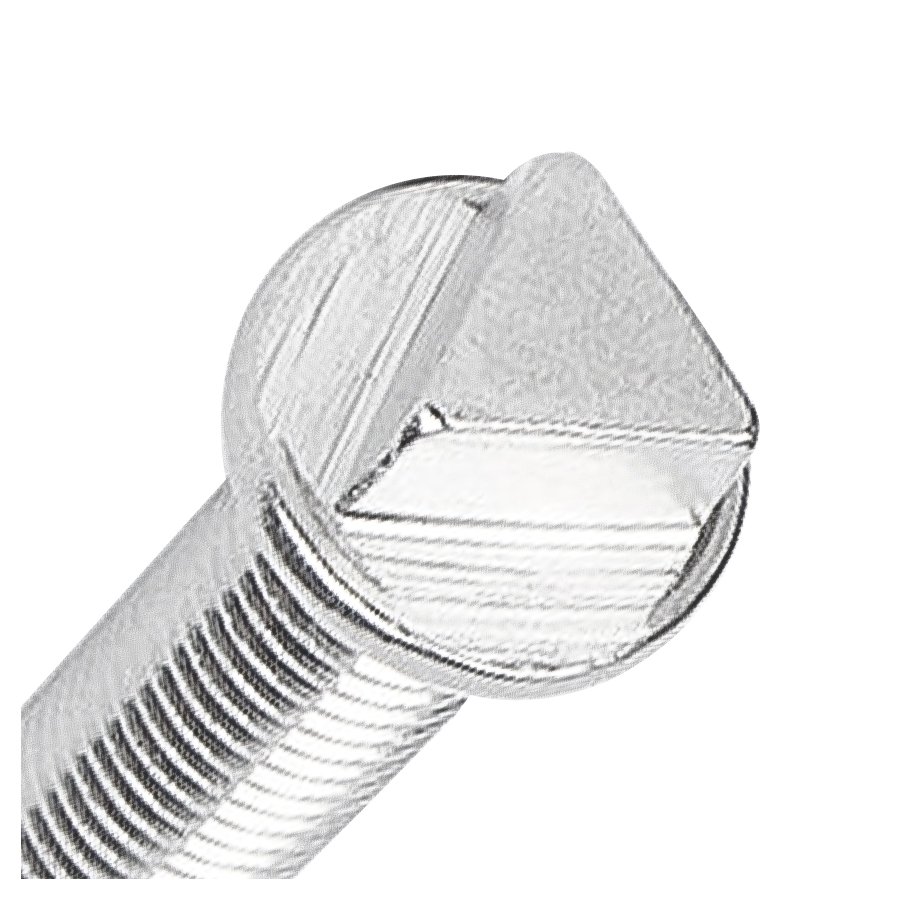




O processo de encabeçamento a frio é um dos novos processos para a maquinagem sob pressão com menos ou nenhum corte
metal. É um método de processamento que utiliza a deformação plástica do metal sob a ação de
forças externas e, com a ajuda de moldes, redistribui e transfere o volume de metal para formar
as peças ou os espaços em branco necessários. O processo de encabeçamento a frio é o mais adequado para a produção de
elementos de fixação, tais como cavilhas, parafusos, porcas, rebites, cavilhas, etc.


A triangular elevado cavilha de segurança é um fixador especializado concebido para proporcionar uma maior segurança, impedindo a manipulação ou a remoção não autorizada. Eis as suas principais caraterísticas:
Caraterísticas:
-
Design de cabeça triangular:
-
O parafuso tem um cabeça triangular com três lóbulosque requer uma correspondência tomada ou chave triangular para instalação/remoção.
-
Ao contrário das cabeças hexagonais ou Phillips normais, esta forma dificulta a aderência com ferramentas comuns, como chaves ou alicates.
-
-
Perfil elevado ou abobadado:
-
A cabeça é ligeiramente elevado ou abobadadoA sua estrutura é deformada, impedindo o acesso fácil aos rebordos com ferramentas de alavanca.
-
A superfície lisa e curva torna-a difícil de agarrar com um alicate de bloqueio ou um torno de apertar.
-
-
Resistente à violação:
-
A forma invulgar funciona como um dissuasor contra a manipulação casual.
-
Frequentemente utilizado em instalações públicas, painéis de segurança ou aplicações de alto risco de roubo.
-
-
Material e acabamento:
-
Normalmente fabricado com aço endurecido, aço inoxidável ou latão para maior durabilidade.
-
Podem ter revestimentos resistentes à corrosão (por exemplo, zincagem, óxido preto) para utilização no exterior.
-
-
Tipos de rosca:
-
Disponível em rosca de máquina (parafusos) ou rosca auto-roscante (parafusos) consoante a aplicação.
-
Utilizações comuns:
-
Painéis e caixas de segurança
-
Parafuso de segurança triangular levantado
-
Infra-estruturas públicas (por exemplo, instalações sanitárias, sinalização)
-
Eletrónica e máquinas de acesso restrito
-
Transportes (por exemplo, placas de matrícula, componentes ferroviários)






